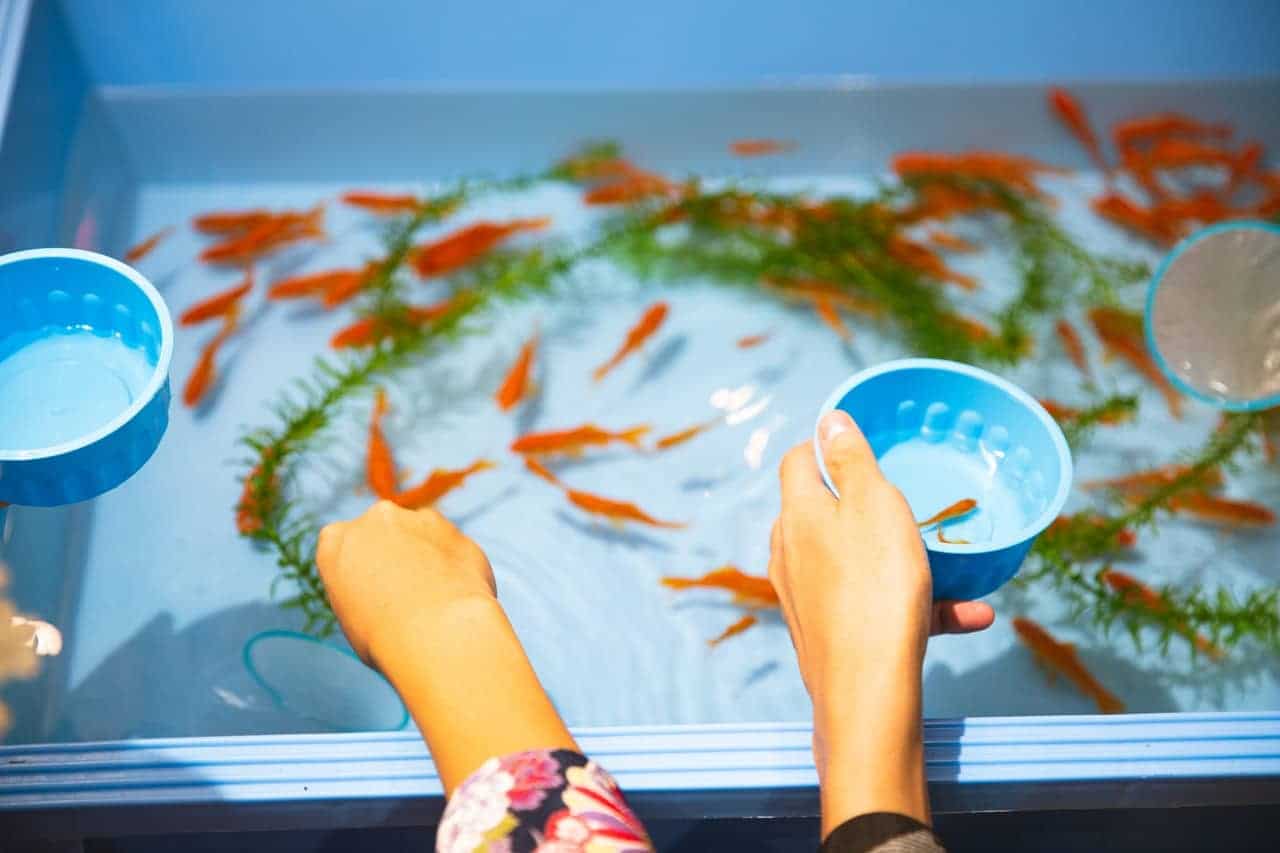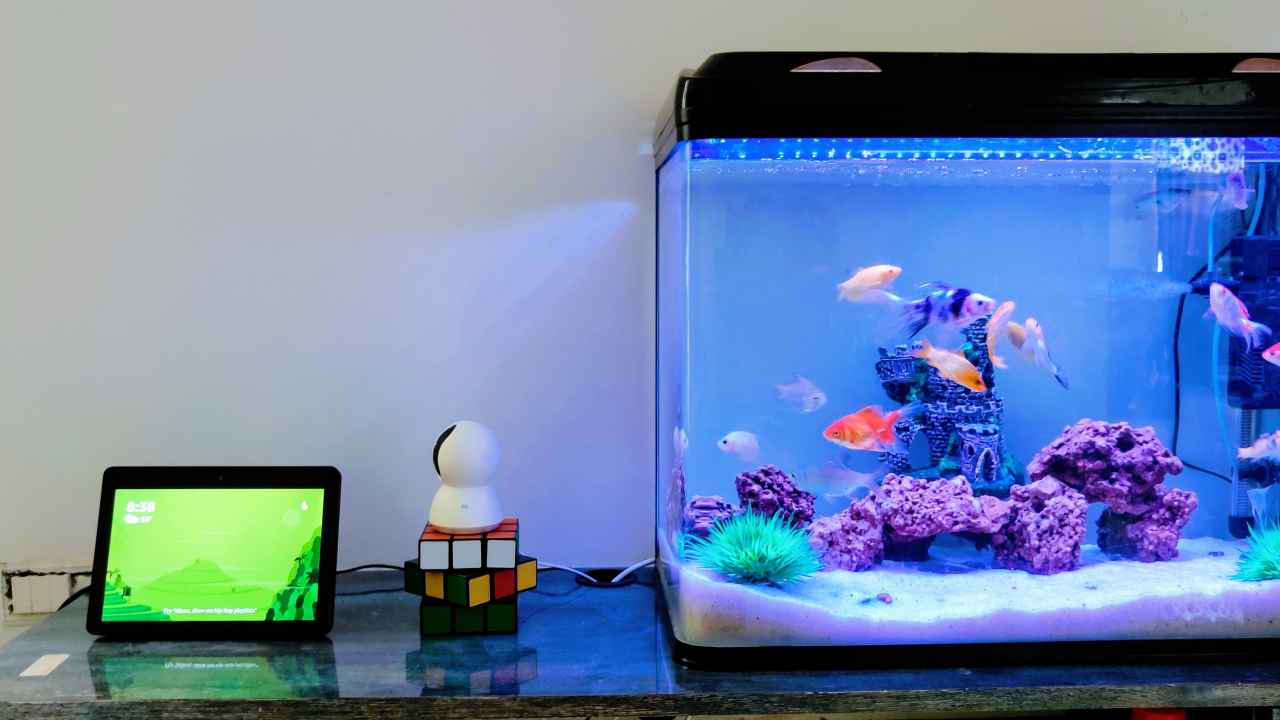Setting up a saltwater aquarium or a reef tank requires a lot of effort and preparation in advance. First of all, you need to get all the necessary equipment to put together and run a marine aquarium – from an aquarium itself to lighting, filtration equipment, live rock, substrate, sea salt mix, and many other items.
Once you get all your equipment, you need to follow the instructions to make it run properly. In this article, we will share eight easy steps that will help you simplify the installation process. They range from preparing the aquarium, installing the sump equipment, and adding substrate and sea salts to curing the live rock and maintaining the environment, among other things. Read on and enjoy your marine aquarium!
Step One: Choose an Aquarium
There are a few things to keep in mind when choosing an aquarium. First of all, make sure that it will fit your space – the size of the aquarium is also essential. For example, if you want to have a reef tank with lots of corals and fish, you will need a large aquarium. However, if you plan to have a tank with just a bunch of fish, be sure to choose one that is not too big, as larger tanks can be very complicated to maintain.
Also, if you will place the aquarium in direct sunlight, you need to choose a model with sunlight blocking film or over to avoid algae growth. In addition, if the tank is placed in a drafty room, make sure to purchase a tank with a glass cover that is insulated.
Step Two: Choose the Filter and Filtration System
You should consider several factors when choosing a filter and filtration system for your saltwater tank. A good filter should be able to clean the water very well by removing waste from the water and providing adequate circulation. It is also essential to choose a filter considering your tank’s size to ensure that it fits your tank perfectly.
In addition, the filter should be easy to clean and maintain. Also, there are many different kinds of filters and filtration systems on the market today. You can find models with wet/dry trickle filters, canister filters, diatom filters, and more. Make sure to read product descriptions carefully and choose the right one for your marine aquarium. Also Read – 5 Absolute Essentials for a Healthy Reef Aquarium
Step Three: Set Up the Refugium
A refugium is a large reservoir – usually a second fish tank – with a deep layer of gravel and sand and a carpet of seaweed that grows at the bottom. This area provides nutrients for corals and other organisms in your tank. You can use live rock and live sand from the ocean as live refugium material, as they contain lots of microorganisms that accelerate algae growth in your tank.
Step Four: Install a Sump Equipment into Your Aquarium
A sump is a place within your aquarium where water flows from the main display area into a separate compartment filled with live rock and gravel. It is used as a place where the water is filtered before it returns to your marine aquarium’s main display area.
To save space, the sump equipment is usually installed below the aquarium. If you decide to install a sump yourself, make sure to choose one that matches the size of your aquarium and fill it up with live rock and gravel pieces so that it looks natural and doesn’t stand out.
Step Five: Add Substrate and Salt Mix

Some saltwater aquariums require substrate and sea salt mix for their filtration systems. If that’s the case, you need to add them into your tank before introducing fish or corals. Start by adding substrate over your live rocks or crushed coral in order to enhance their appearance.
Then, add some sea salt mix over the substrate until it covers the surface of your live rocks evenly. Make sure not to pour too much sea salt mix into the substrate, as it could lead to algae growth in your tank. If needed, you can always add more sea salt later on.
Step Six: Cure Live Rock Before Adding Corals and Fish
Live rock is an excellent substrate for any saltwater aquarium – it provides shelter for marine life and enhances its beauty as well. To achieve this effect, you need to cure live rock before adding it to your marine aquarium.
Curing live rock means adding it into the water without any organisms inside for at least one week (some experts recommend two weeks). This process allows helpful bacteria to start growing on the rock so that it will be ready to host corals and fish once you introduce them into your tank.
Step Seven: Add Corals and Fish into Your Tank
You should only add healthy corals and fish into your tank – sick animals will negatively impact the health of other organisms living in your tank as well as spoil its overall environment.
In addition, you should quarantine new fish for at least 2-3 weeks before being introduced into your tank in order to prevent disease spread among all organisms in the tank. Keep in mind that quarantine tanks have to be set up in advance as well.
Step Eight: Maintain the Aquarium
Maintaining your saltwater aquarium is a necessity. However, maintaining a marine tank isn’t as complicated as it sounds. First of all, you should regularly test your water in order to know its parameters – if needed, you can make adjustments to the water’s chemistry.
In addition, you should clean your tank regularly and change the filtration media (such as filters and cartridges) once every three months. Also, check your aquarium regularly for any pests or algae growth – if you notice anything strange, take action immediately to prevent any damage to your tank. Also Read – Fish Tank Sizes: Which Size Is Best for Your Aquatic Friend?
Conclusion
Setting up a saltwater aquarium or a reef tank may take a lot of time and work. However, once you get it up and running, the benefits are tremendous! You will not need to go on a vacation to the ocean anymore – you can enjoy it right in your own home! Not only will you enjoy your marine aquarium, but you will also get to observe beautiful fish and corals in action.



